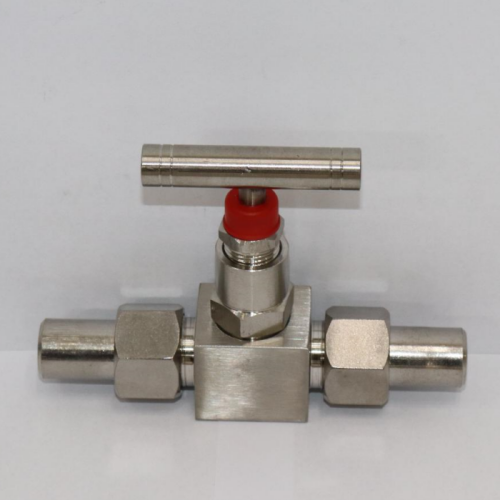Understanding the Functionality and Applications of Y-Type Globe Valves in Piping Systems
Understanding Y-Type Globe Valves A Comprehensive Overview
Y-type globe valves are essential components in numerous industries, serving pivotal roles in the regulation of fluid flow. Renowned for their robust design and reliable performance, these valves are often utilized in applications requiring precise control over pressure and flow rate. In this article, we will explore the characteristics, advantages, applications, and maintenance of Y-type globe valves, shedding light on why they are a preferred choice for many engineers and technicians.
Characteristics of Y-Type Globe Valves
Y-type globe valves are distinguished by their unique shape, which resembles the letter Y. This design features two flow paths one for the inlet, which enters from the side, and another for the outlet, directing the flow upwards. The main advantage of this design is that it allows for a more efficient flow of the medium when compared to traditional globe valves.
These valves are typically constructed from durable materials, such as stainless steel, carbon steel, or alloy steel, depending on the application requirements. They are designed to withstand high pressures and temperatures, making them suitable for a wide range of environments, from simple water pipelines to complex industrial processes involving corrosive or high-viscosity fluids.
Advantages of Y-Type Globe Valves
One of the prominent advantages of Y-type globe valves is their ability to provide excellent flow control. The position of the valve disc can be precisely adjusted, enabling operators to manage the flow rate effectively. This level of control is crucial in processes requiring accurate pressure management, such as in chemical processing plants or HVAC systems.
Additionally, the Y-type design minimizes pressure loss during operation, as the streamlined flow path reduces turbulence. This feature can lead to energy savings and lower operational costs, as less energy is required to pump fluids through the system.
y type globe valve

Furthermore, Y-type globe valves are less prone to clogging than their conventional counterparts, particularly in applications involving slurries or fluids with particulates. The angle of the valve’s seat and body helps to facilitate the clearing of debris and prevents wear on internal components, contributing to a longer service life.
Applications of Y-Type Globe Valves
Y-type globe valves are utilized in a diverse range of applications across multiple industries. In the oil and gas sector, they are commonly used to control the flow of hydrocarbons within pipelines and refineries. The chemical manufacturing industry also benefits from their use, as they can regulate the flow of various chemicals and mixtures safely and efficiently.
Moreover, Y-type globe valves are integral to water treatment facilities, where they control the flow of treated water and manage chemical dosing processes. In heating, ventilation, and air conditioning (HVAC) systems, these valves ensure optimal performance by maintaining the desired pressure and flow in the pipes.
Maintenance Considerations
Like all mechanical devices, Y-type globe valves require regular maintenance to ensure optimal performance and longevity. Routine inspections should be conducted to check for leaks, wear, and proper operation. Lubrication of moving parts is essential to prevent corrosion and ensure smooth operation, while any damaged seals or components should be replaced promptly to avoid operational failure.
In conclusion, Y-type globe valves represent a critical component in many fluid handling processes, offering numerous advantages such as efficient flow control, reduced pressure loss, and applications across various industries. By understanding their characteristics, benefits, and maintenance needs, operators can ensure the reliable performance of these valves, ultimately contributing to the efficiency and safety of their systems.
-
The Key to Fluid Control: Exploring the Advantages of Ball Valves in Industrial SystemsNewsJul.09,2025
-
The Versatile World of 1, 2, and 3 Piece Ball ValvesNewsJul.09,2025
-
Stainless Steel Ball Valves: The Ideal Choice for Efficient Flow ControlNewsJul.09,2025
-
Optimizing Fluid Control with Ball Float ValvesNewsJul.09,2025
-
Manual Gate Valves: Essential for Control and EfficiencyNewsJul.09,2025
-
Everything You Need to Know About Butterfly ValvesNewsJul.09,2025
-
The Versatility of Wafer Type Butterfly ValvesNewsJul.08,2025




